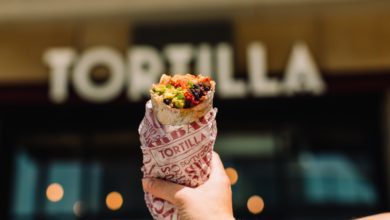Analysis
The UK dining sector: A recipe for change

As concerns over Brexit mounted in 2018, consumer spending on the UK’s high streets was anything but “strong and stable”.
You'll need to
subscribe to unlock this content. Already subscribed? Login?











